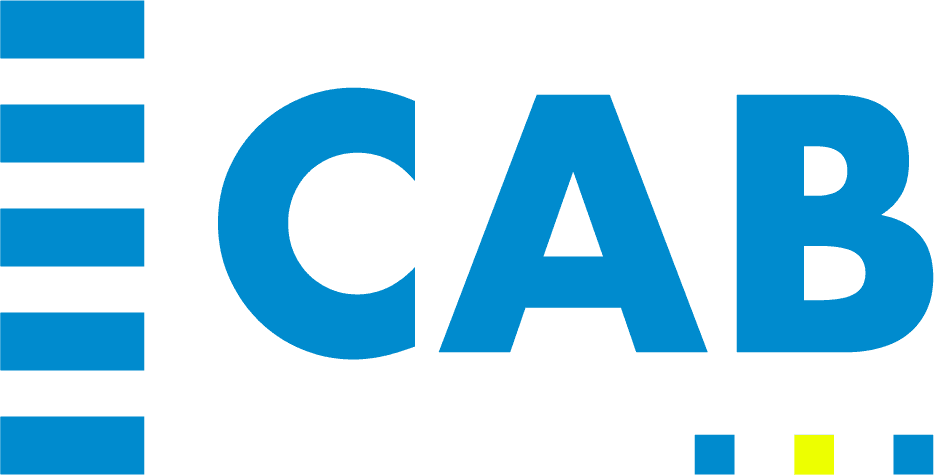From overflowing inboxes to family obligations and mounting deadlines, stress weaves itself into almost every part of daily life. The trouble comes when stress isn’t managed, and it starts piling up. That’s when burnout enters the picture.
I’ll never forget a moment from high school soccer… Before a big game, my coach noticed the nerves all over my face.
He pulled me aside and said, “This is just your body getting ready to do something spectacular.” That stuck with me. It reframed pressure as fuel, replacing fear in my head.
The truth is, recovery from burnout isn’t about removing all stress. It’s about learning how to manage it, reframe it, and offset it. Because unmanaged stress is destructive, but harnessed stress can actually push us forward.
About 76% of employees say they experience burnout at least sometimes. With numbers that high, the question isn’t whether burnout exists; it’s how to recover from burnout before it takes a heavier toll.
Stress vs Burnout: What’s the Difference?
Stress on its own isn’t bad. It sharpens your focus, pushes you to prepare harder, and gives you the energy you need to keep up when life feels overwhelming.
Ever pulled off a big project with that last-minute surge of adrenaline? That’s stress helping you out. But don’t mistake it for burnout.
Burnout is different. It’s stress left unchecked for too long. It creeps in when demands pile up without recovery time. Tasks that once felt easy start feeling impossible.
Joy fades, and energy quickly evaporates. What does this affect? Your productivity.
McKinsey research shows burned-out employees are about six times more likely to quit. And Gallup found the risk of burnout spikes after working more than 50 hours a week.
As Hans Selye, the father of stress research, put it: “It’s not stress that kills us, it is our reaction to it.”
Learning to Embrace Pressure
My coach’s words weren’t unique. Billie Jean King once said, “Pressure is a privilege; it only comes to those who earn it.”
I thought of this again while watching The Bear (Season 4, Episode 8). Tina, struggling in the kitchen, asked how to get rid of the pressure. Luca’s response was brilliant: “You don’t. You learn to thrive on it. Eventually, you even want it.”
That idea resonates in flying, too. In pilot training, the stakes are so high that pressure isn’t optional. You have to learn to work with it. In fact, McKinsey research shows that moderate pressure sharpens focus, but once it tips too far, creativity and performance start to collapse.
At the right level, pressure fuels you. Push it too far, and it crushes you. That line, between fuel and overload, is where burnout begins.
Signs You’re Slipping Into Burnout
Burnout starts with small changes, maybe a shorter temper, trouble focusing, a constant sense of being drained, and slowly seeps into the rest of your life.
I’ve mistaken burnout for laziness myself. I’d sit at my desk answering emails, but for every one I sent, six more piled in. The harder I worked, the further behind I felt. That’s not laziness, that’s burnout.
One 2024 report found that 82% of white-collar workers felt burned out, proof that these “little” signs aren’t rare at all.
You’ll notice it emotionally first in the form of detachment, cynicism, and maybe low motivation. Physically, it shows up like constant tiredness, headaches, and restless nights.
And when burnout starts affecting your behavior, it shows up as procrastination, declining productivity, and even avoiding tasks you once handled with ease.
Practical Strategies: How to Recover From Burnout
Burnout slows down your system, but recovery happens the way pilots tune an airplane mid-flight, one adjustment at a time, steady enough to keep you in the air.
Reframe Stress Into Fuel
Remember my coach’s advice? That change in perspective can flip the script.
Try journaling about stress as preparation. Ask yourself: ‘What is this stress gearing me up for?’
Athletes call it being in the zone, anticipating the play instead of chasing it. The same idea works at your desk: act before the pressure piles up, instead of cleaning up after it.
Prioritize Rest and Recharge
Try thinking of taking rest as maintenance instead of indulgence, and it’ll change your perspective. Sleep, food, and movement are stabilizers for your body.
The World Health Organization estimates that stress-linked depression and anxiety cost 12 billion workdays every year, which is close to a trillion dollars in productivity lost.
That number alone reinforces the point that neglecting rest drains both people and economies. Imagine ignoring your phone’s low-battery warning; eventually, it just shuts down. Your body works the same way.
Protect Your Time With Boundaries
Protecting your time with boundaries means shutting the laptop on time, muting notifications, and saying no when needed.
Robert Half found that burnout delays 39% of projects and lowers productivity by 37%. Boundaries protect recovery and keep stress from taking more than it should.
Rediscover Joy and Flow
Burnout dulls the parts of life that usually feel good. You need to find the moments when you’re so absorbed in something you love that the world fades into the background, such as cooking, drawing, or playing music, until time disappears. These pockets recharge you in ways rest alone can’t.
Seek Support When You Need It
Burnout weighs more when you carry it alone. Talking with a friend, mentor, or therapist can ease that weight and give you a perspective you didn’t have before.
As Viktor Frankl put it, “Those who have a ‘why’ to live can bear almost any ‘how.’” Support helps you reconnect with that “why.”
Wrapping Up
Stress itself isn’t the enemy. Unmanaged stress is.
Learning how to recover from burnout means reframing pressure, resting with intention, setting boundaries, rediscovering joy, and seeking support.” It won’t happen overnight, but every small habit builds momentum.
Try one step today: journal your stress, block off 20 minutes for rest, or say no to one extra task. Because when you learn to fly with pressure, burnout is just a pit stop, a chance to reset before you take off again.
Sources
Gallup: “Employee Burnout: Causes and Cures.” Accessed 10/03/2025.
McKinsey & Company: “What is burnout?” Accessed 10/03/2025.
Gallup: “Employee Burnout: The Biggest Myth.” Accessed 10/03/2025.
HR Brew: “Burnout, engagement on the rise..” Accessed 10/03/2025.
The Exspace: “Insights from Gallup’s 2024 Global Workplace Report.” Accessed 10/03/2025.
World Health Organization: “Mental health at work.” Accessed 10/03/2025.
WorldatWork: “The high cost of burnout for employees and employers.” Accessed 10/03/2025.

Article by
Founder, Think Like a Pilot & GBM6
Bobby Dutton is a professional speaker, entrepreneur, and philanthropist. He's also a licensed commercial pilot and flight instructor -- for fun. Thriving at the intersection of engineering and art, Dutton created GrooveBoston in 2004, built on the statement "Music is No Longer a Spectator Sport." His team (now called GBM6) is about making people happy, through legendary events. Bobby's pioneering work on event design has won him awards internationally, and he was voted one of the "Top 25 Young Event Pros to Watch" by Special Events Magazine. After 20+ years of navigating high-stress situations as a business owner and event producer, Bobby found calm in an unlikely place: in the sky. He now teaches these aviation-inspired decision-making tools to thousands through events, keynotes, and workshops.










